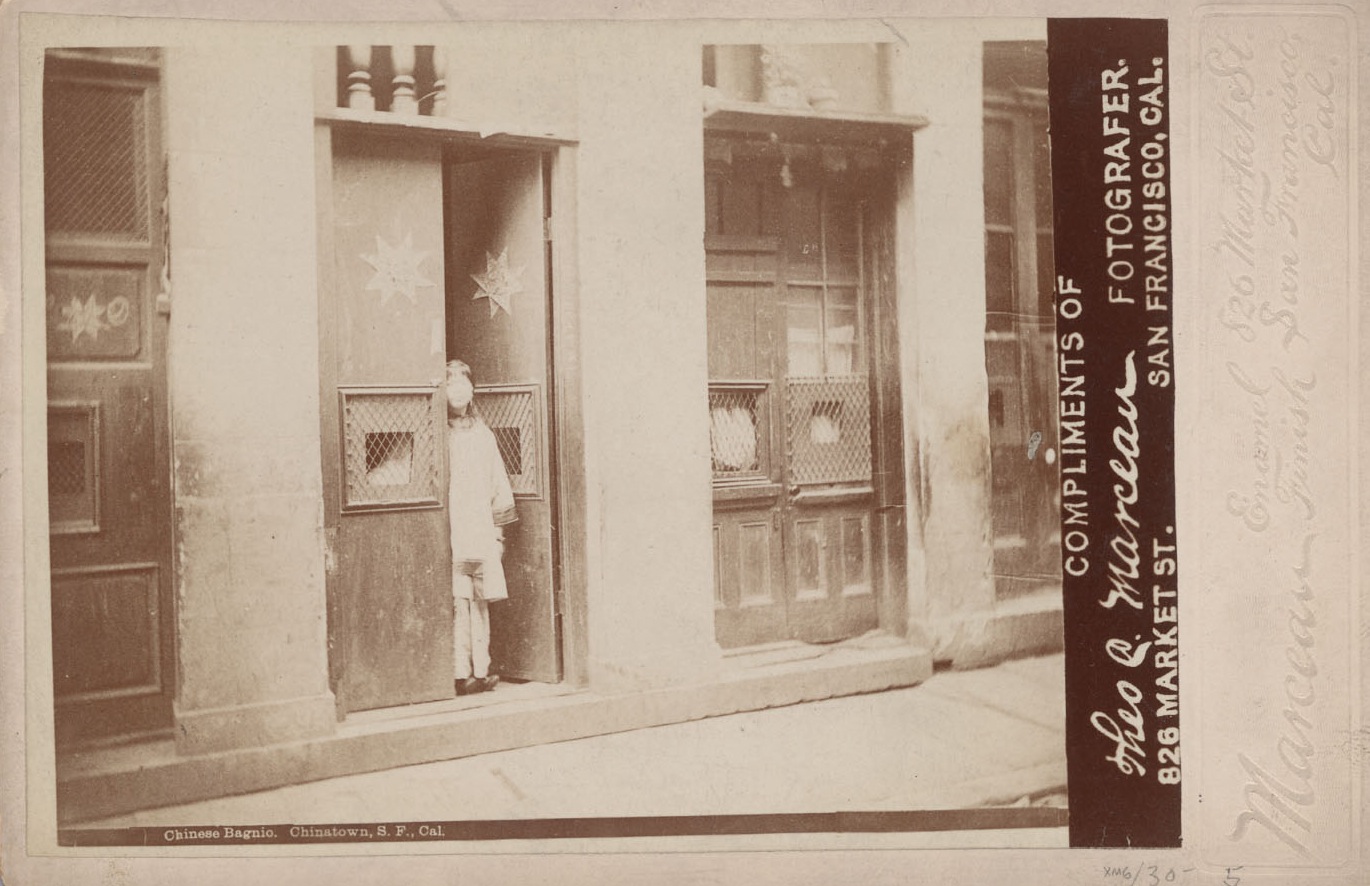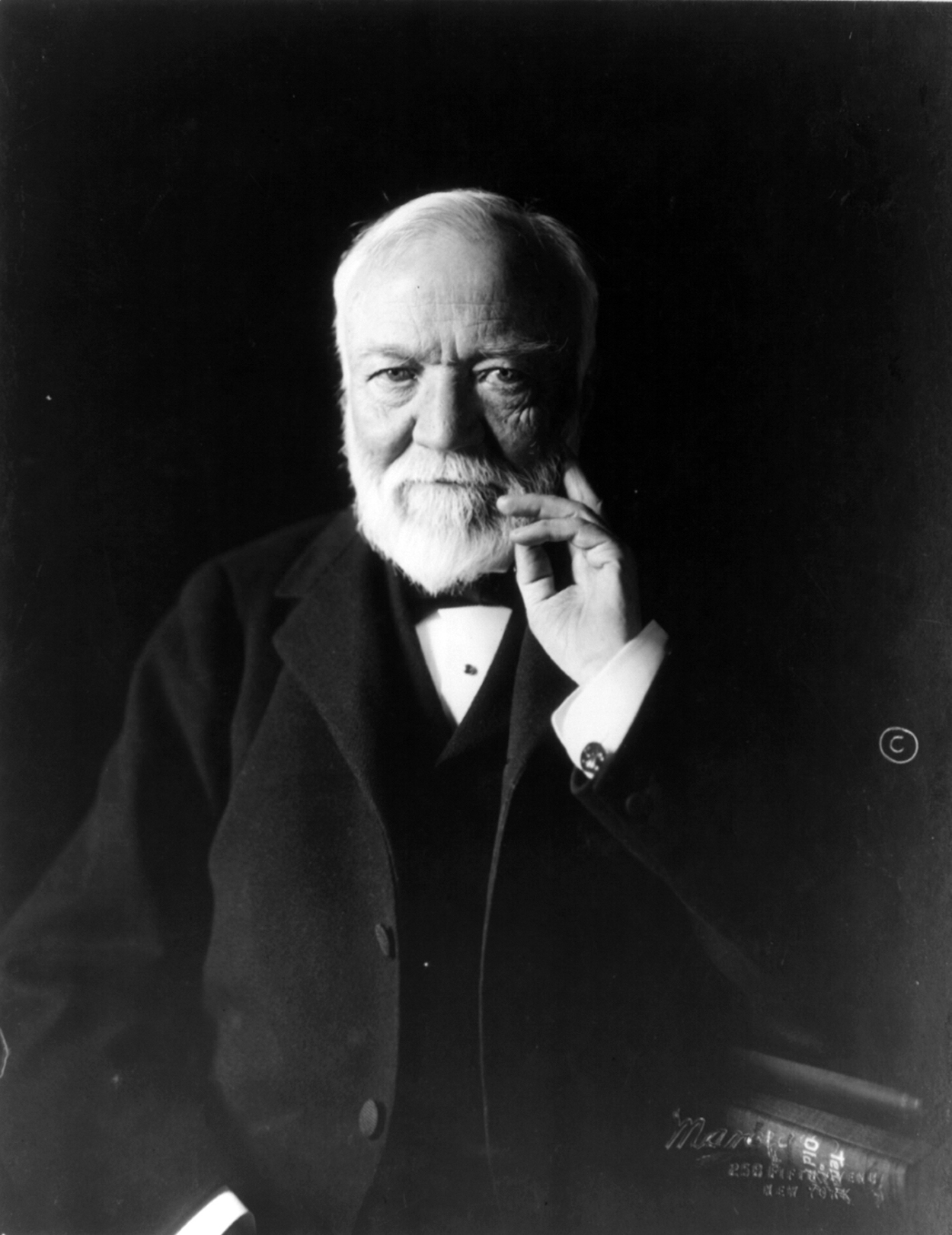Today I want to remember the suffering and hardship of the Chinese slaves of San Francisco, who were prostitutes really. After the Taiping Rebellion (20 million deaths between 1850-1864) anything would seem an improvement. Girls arrived in their early teens and were bound and sold for about $500. Their prices rising when very beautiful as a young women. They were often offered large amounts of opium in order to keep them quiet and dependent.They lived in small cubicles on the street, called cribs, which were nothing more than filthy brothels. When an interested male stopped before the crib, the prostitute displayed the upper part of her body and cajoled him with seductive cries and motions. "China girl nice! You come inside, please?” She varied her cries with a more direct advertisement of her wares, a complete list of prices and services. Until the late hours of the night the plaintive voice of the Chinese crib girl could be heard crying in a shrill, monotonous singsong: “Two bittee lookee, flo bittee feelee, six bittee doee!”. As they were expected to have sex with ten to twenty men in a day, their future would be bleak and short. Many of the prostitutes contracted syphilis, which scarred mind and body and was followed by a painful death. Before that happened some owners put them away in a locked house, with a lot of opium, expected to be used to commit suicide. Or, if they couldn't do that themselves,they were killed. From the moment they were enslaved, life expectancy was about five years—slaves, commodities to be bought and sold. Not many people cared for them, but in San Francisco women such as Donaldina Cameron led the crusade against prostitution when few dared to follow.
There are not very many photographs of the cribs, but Theodore Marceau (1859-1922) made at least this one. He was the owner of one of the first national chains of studios in the USA. He became very rich by taking studio portraits. The date of this photograph is unknown, probably late 1880's, by which time Theodore had stopped as a studio-photographer. I have found only a few other outside photographs, so this seems to be not only rare but also rare for him. The word 'bagnio' on the photograph means 'bathhouse', it was commonly used in San Francisco for “brothel”.
- Erik Appeldoorn


 Theodore Marceau
Theodore Marceau